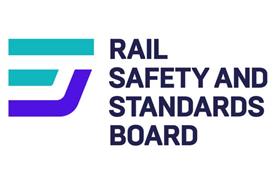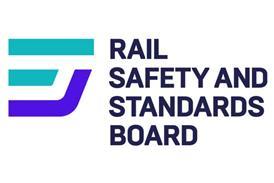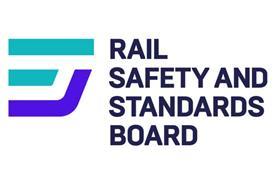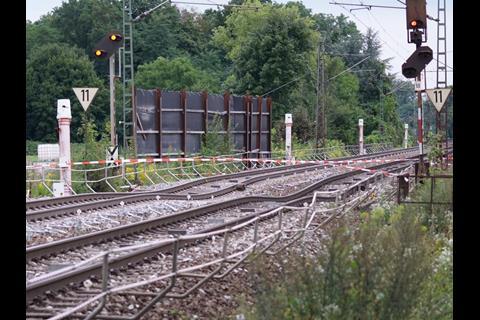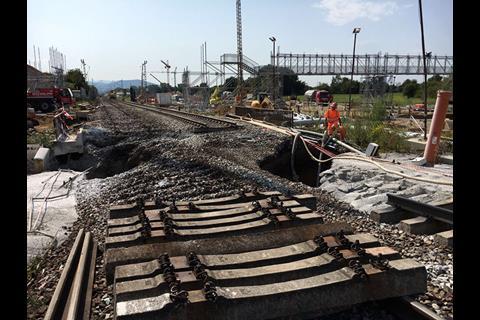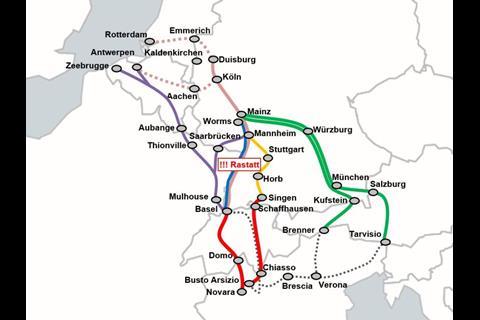EUROPE: Transport ministers have issued a Declaration calling for rapid implementation of measures to mitigate the effects of a major incident such as the seven-week closure last August of the Rhein Valley main line between Basel and Karlsruhe in Germany following a tunnel collapse beneath the alignment at Rastatt. The Declaration includes a statement saying that the ministers are prepared to introduce supporting legislation if necessary.
Details of the Declaration were announced at a meeting on May 23 called by Switzerland’s Federal Minister for Transport Doris Leuthard and her German counterpart Andreas Scheuer during the International Transport Forum in Leipzig. Also present were the transport ministers of countries affected by the Rastatt incident: France, Italy, the Netherlands, Belgium, Luxembourg and Austria, as well as infrastructure managers and rail freight customers.
Last September around 20 trade associations and other organisations called for action following the Rastatt incident — a study commissioned from consultancy HTC by rail freight associations ERFA and NEE and combined transport association UIRR has since estimated the economic impact from the Rastatt line closure at €2·04bn.
Only about two-thirds of expected rail transit traffic passed through Switzerland during the hiatus, with about 4 000 freight trains diverted and 1 500 cancelled. This is estimated to have lost rail operators about 1% of market share during 2017; about 1 000 extra lorries a week were recorded on Switzerland’s trans-Alpine transit routes during the closure. Once the main line through Rastatt was repaired, rail traffic volumes through Switzerland returned in October to the level of the previous year.
Infrastructure managers, cross-border network co-ordinating association RailNetEurope and the European Commission have meanwhile prepared a handbook setting out how to manage major disruption in the event of an international incident on the scale of Rastatt. The handbook has the full support of the transport ministers, and this is noted in the Declaration.
The handbook sets out a plan of emergency measures to be used to minimise disruption and to co-ordinate action between the affected parties. It defines the scope of an incident, sets out the processes to be followed and the allocation of tasks. It also gives an overview of the options and the principles for allocating capacity on diversionary routes. Separately, the infrastructure managers affected by the Rastatt incident have provided an overview of diversionary routes for the Rotterdam – Genova freight corridor.
Among specific measures to be taken are mutual recognition of the language requirements for locomotive drivers and acceptance processes for locomotives. The ministers also agreed to ensure better co-ordination of engineering work on European corridors and diversionary routes. These and other measures are designed to improve interoperability and to create the conditions for staff to be able to work across borders.











